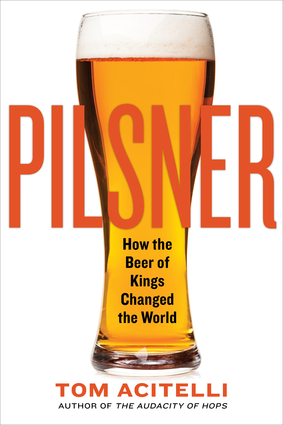Boak & Bailey’s news and nuggets Saturday served as a reminder that UK beer drinkers are stuck in a grim cycle. My Twitter and Instagram feeds, full of snaps of people gathered with friends (but not too many friends) at bars and brewery tasting rooms, suggest things are better here. Has the worst really past? There are reasons to believe it hasn’t.
Story No. 1 from the Wall Street Journal this past weekend: “McDonald’s, Chipotle and Domino’s Are Booming During Coronavirus While Your Neighborhood Restaurant Struggles.” The subhead: “A health crisis is creating a divide in the restaurant world. Big, well-capitalized chains are thriving while small independents struggle to keep their kitchens open.”
Story No. 2: “Covid Is Crushing Small Businesses. That’s Bad News for American Innovation.”
(These stories are behind the Journal’s paywall. I tracked them down in print, which is one more thing that’s not as easy as it was at the beginning of the year.)
Restaurants come and go. About 60,000 open in an average year, according to the National Restaurant Association, and 50,000 close. But this year it will be much worse. The association predicts 100,000 restaurants will close during 2020. Employment at restaurants and bars has dropped by 2.3 million jobs from a total of more than 12 million before the pandemic, according to the Labor Department.


 A couple of days ago, Jim Vorel went on a bit about how he was troubled to find
A couple of days ago, Jim Vorel went on a bit about how he was troubled to find